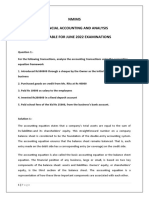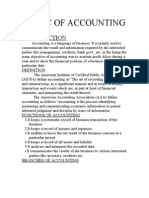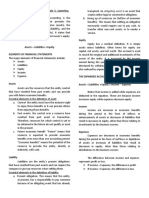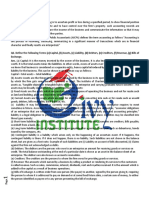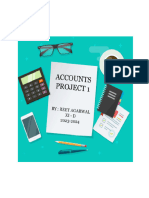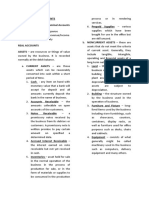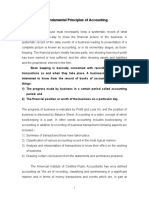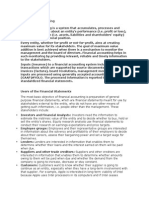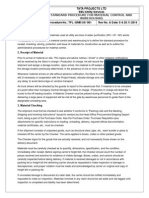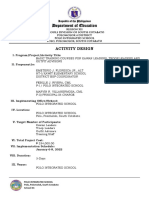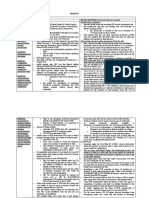0% found this document useful (0 votes)
45 views7 pagesFinancial Accounting and Analysis
The document discusses 5 transactions undertaken by a business and analyzes them according to accounting principles. It then provides the accounting equation showing how assets, liabilities, and equity are related for each transaction. Journal entries are also provided for each transaction. Key terms in accounting like assets, liabilities, expenses, and revenue are then defined in the document.
Uploaded by
Shubh JainCopyright
© © All Rights Reserved
We take content rights seriously. If you suspect this is your content, claim it here.
Available Formats
Download as PDF, TXT or read online on Scribd
0% found this document useful (0 votes)
45 views7 pagesFinancial Accounting and Analysis
The document discusses 5 transactions undertaken by a business and analyzes them according to accounting principles. It then provides the accounting equation showing how assets, liabilities, and equity are related for each transaction. Journal entries are also provided for each transaction. Key terms in accounting like assets, liabilities, expenses, and revenue are then defined in the document.
Uploaded by
Shubh JainCopyright
© © All Rights Reserved
We take content rights seriously. If you suspect this is your content, claim it here.
Available Formats
Download as PDF, TXT or read online on Scribd
/ 7



